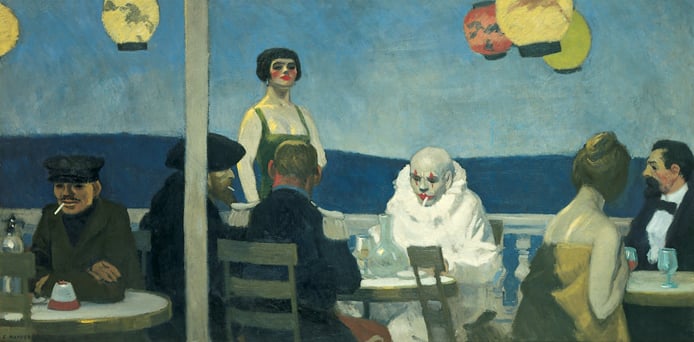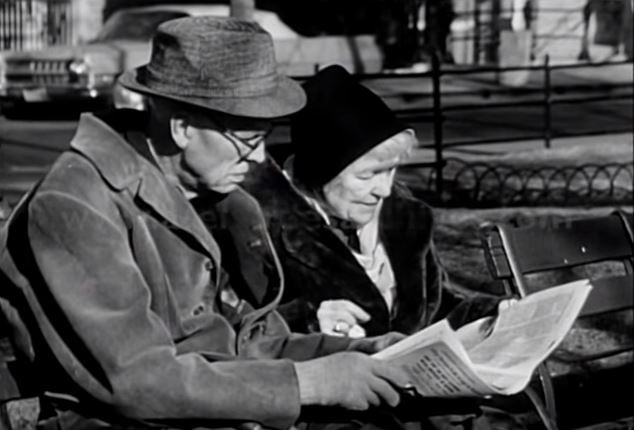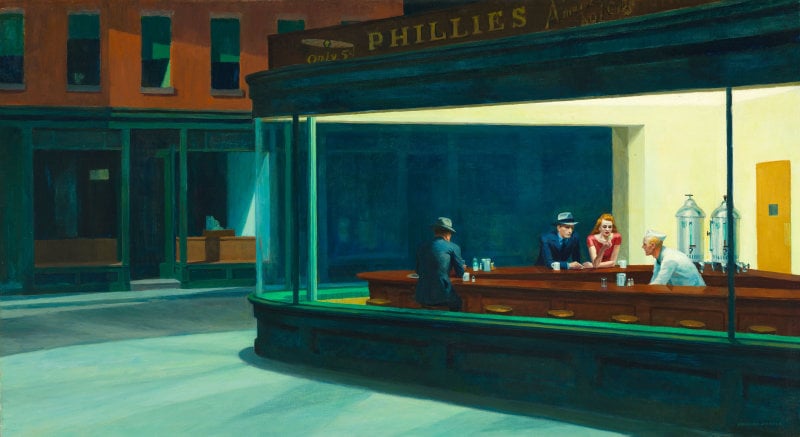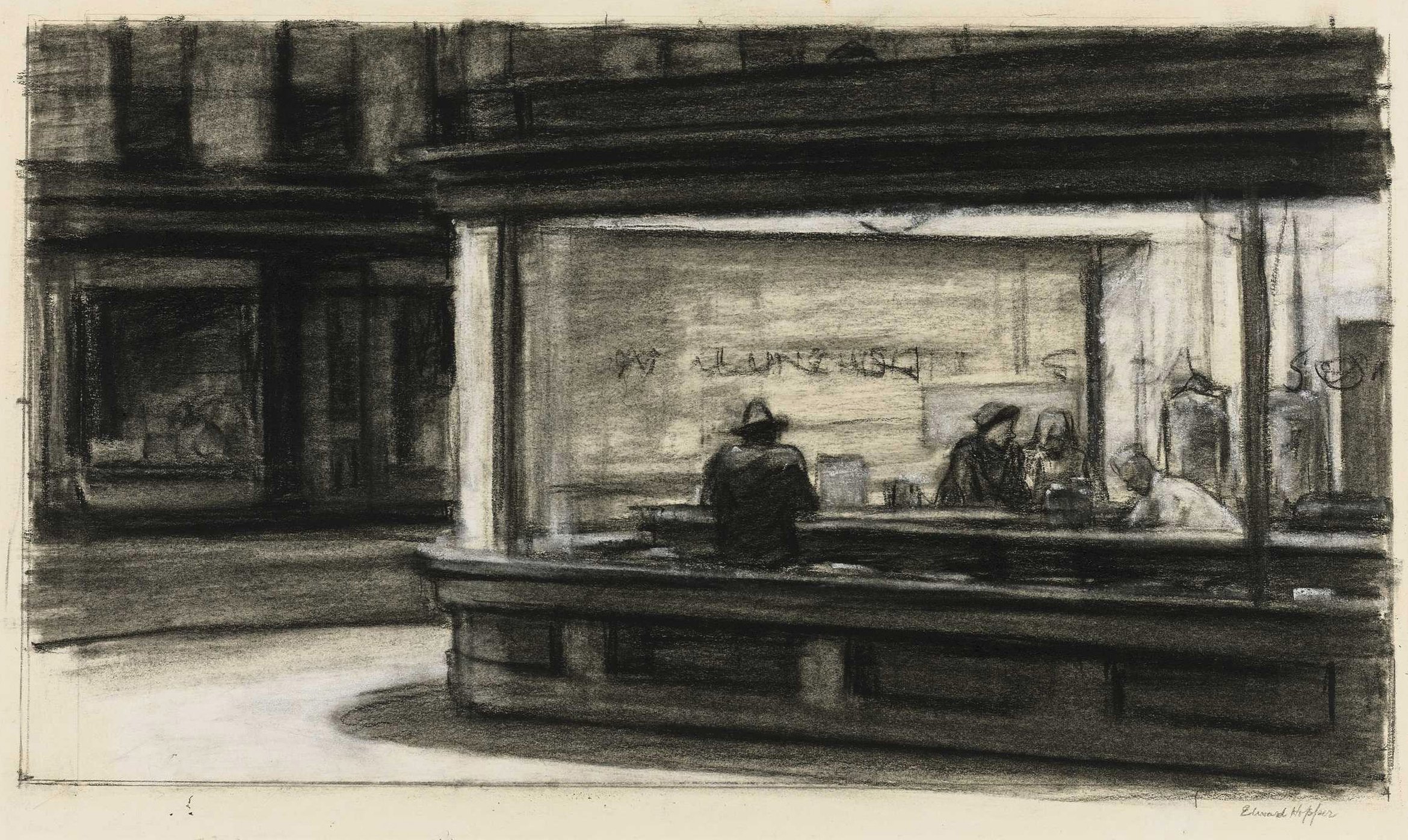People
5 Things to Know About Edward Hopper on His Birthday
At one point, Hopper's wife was a more successful painter than him.

At one point, Hopper's wife was a more successful painter than him.

Rain Embuscado

Widely remembered as the premiere artist to capture the nation’s zeitgeist throughout the Great Depression, Edward Hopper‘s candid portraits of America have secured him a seat in the art historical canon. As he said in an interview with John Morse for the Smithsonian Institution in 1959: “My aim in painting has always been the most exact transcription possible of my most intimate impressions of nature.”
To celebrate the artist on his birthday this July 22 (Hopper would have turned 134 today), artnet News rounded up five details that paint a clearer picture of the artist and his life.

Edward and Josephine Nivison Hopper. Courtesy of YouTube.
1. He married a fellow artist.
Fans of Hopper may already know that his wife, Josephine Nivison Hopper, was also his greatest artistic muse, serving as the model in paintings like Morning Sun (1952) and Room in New York (1932). What may be less-known about Nivison Hopper, however, was her own success as a celebrated painter. According to the Guardian, a review in the New York Times even made a special mention of her work in a group exhibition at the Brooklyn Museum in 1924, among canvases by American legends Georgia O’Keeffe and John Singer Sargent.

Edward Hopper, East Wind over Weehawken (1934). Courtesy of Wikimedia Commons.
2. Hopper’s most expensive work at auction is a portrait of Weehawken.
According to the artnet Price Database, the artist’s record was set by a somber portrait of a sleepy township in New Jersey, which was scooped up at Christie’s New York for $40.5 million by a private collector in 2013. Hopper executed the painting in the winter months of 1934, describing the scene, which depicts a row of four houses near the Hudson riverbank, in a poem he penned: “Only the grass, the uncut dead grass, shows where the wind is.”

Edward Hopper, Charleston (1929). Courtesy of artnet Price Database.
3. Despite the popularity of his oil paintings, the artist was also fond of watercolors and etchings.
Though the artist is likely best remembered for his striking oil paintings of American life, Hopper was, in the beginning, more interested in watercolor and printmaking. In fact, the vast majority of his oeuvre is comprised of watercolor paintings, which portrayed everything from beaches to the facades of New England houses.

Edward Hopper, Nighthawks (1942). Courtesy of the Art Institute of Chicago.
4. Josephine named his most famous painting.
In a journal the couple kept used to describe his paintings, Nivison Hopper noted that the man in the dark suit in Nighthawks had a “night hawk (beak)” for a nose. Art historian Gail Levin, in her biographical book on the artist, confirms this speculation, noting that Nivison Hopper wrote the artist’s sister a letter, stating: “Ed has just finished a very fine picture—a lunch counter at night with 3 figures. Night Hawks would be a fine name for it. E. posed for the two men in a mirror and I for the girl. He was about a month and half working on it.”

Edward Hopper, Study for Nighthawks (1941). Courtesy of the Whitney Museum of American Art.
5. The Whitney holds the largest collection of his work.
Following her husband’s death in 1967, Nivison Hopper entrusted her husband’s estate to the Whitney Museum of American Art. She passed away less than a year later, and bequeathed much of her own artistic production to the museum, bringing the total number between the couple to a whopping 3,000 pieces.
The museum has mounted a handful of shows for the late artist in recent years, including a painting and photography exhibition in 2014, and a show dedicated to his drawings the year prior.